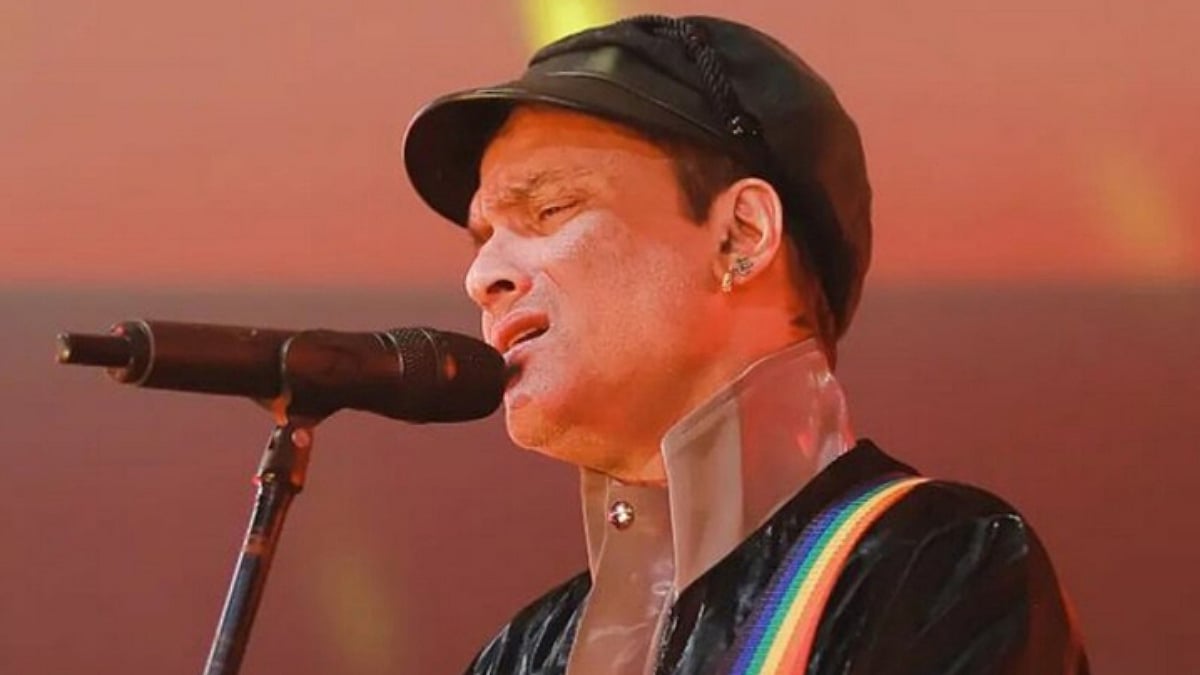Rarely have the aggregate GDP numbers been as much celebrated as they are being done in recent years. So, the question about absolute GDP figures and the jubilation over India’s no. 4 spot in global GDP ranking is: what does it really mean for the average Indian? The government and its supporters have created a grand narrative around GDP numbers, hailing and claiming the Indian economy growing faster than developed economies as a confirmation of India reaching an audacious ‘milestone’—a developed nation over the next 25 years.
Critics, however, question the gloating over this choreographed narrative, calling it a political spin aimed at glossing over deeper structural issues in the economy, issues that the absolute numbers conceal. They claim that the narrative of growth, understandable in a country yearning for global economic recognition, is in sharp contrast with the lived reality of the majority of Indians—low per capita GDP and rising income inequality.
The question arises: is the GDP a true measure of a nation’s well-being? To put it another way, what is the real-world impact of India’s rising economic status on ordinary citizens? These are troubling questions for the government and its ‘Naya Bharat’ campaign strategists.
The critics of India’s growth story do not question the massive expansion in economic activity the country, an impoverished nation in 1947, has witnessed since independence and particularly after 1991. But the crux of their criticism is GDP ranking does not mean much for the common man if one does not feel the progress on the urban streets and in rural homes.
Not that these questions have not been asked before 2014, but those who asked such questions earlier were not slammed as anti-growth or anti-progress. However, today, the liberty to question the official numbers and narratives invites anti-government and ‘anti-national’ charges.
Often political narratives are partisan twists aimed at distracting attention from real issues. Apart from religion, caste, and welfare schemes, over the past decade, the aggregate GDP growth rate has been relied upon by the ruling dispensation to create a choreographed narrative that for the first time in independent India’s history, the country is witnessing faster economic progress, and the credit for this goes to Prime Minister Narendra Modi’s “astute, dynamic and visionary leadership”.
But the reality is that real GDP growth in the range of 6 to 8 per cent is not a novelty. Between 2004 and 2014 under the UPA government, the Indian economy did grow at a similar rate, or a little better, but the government of the day then did not make a spectacle of its achievement.
As former finance minister P. Chidambaram pointed out in a social media post, “Under UPA, India’s per capita income grew by 2.64 times, compared to 1.8 times growth under the NDA government in 11 years.”
More than absolute nominal GDP figures, the more realistic measure of growth and well-being of people is the growth rate in per capita income, wealth distribution and the level of inequality in a country. For instance, Japan, a $4 trillion economy, is a high-income country with a gross national income (GNI) per capita of $33,960, compared to India, roughly of the same economic size, but a lower middle-income country with a GNI per capita of $2,880.
This means India is around 12 times poorer than Japan. India currently ranks 136th in the world in per capita GDP, according to the IMF’s latest estimates, while Japan stands at 34th. This implies that while the Indian economy may have outgrown Japan in absolute terms, as the Niti Aayog has prematurely claimed, the average Indian is far poorer than the average Japanese citizen. The disparity is glaring but is conspicuously absent from political rhetoric because it undermines the narrative of triumph.
It is obvious that what the per capita income reveals, aggregate GDP glosses over, and, as the critics have often pointed out, the tendency to highlight nominal GDP in isolation creates a distorted picture of national prosperity. India’s population exceeds 1.4 billion against Japan’s 123 million.
Without accounting for population size, GDP in absolute terms is misleading; when it is distributed per capita, it gives the real picture of a country’s real economic progress. This raises a question: should we be celebrating nominal GDP milestones and GDP ranking unless economic growth translates into better living standards, good education for all, easier and affordable access to healthcare for the poor, rising wages, less unemployment, reduced inequality, and balanced prosperity? The answer is obvious, considering India’s ascension to a higher position in global GDP rankings is yet to deliver desired results.
On the one hand, there are welfare schemes, like free rations for 80 crore people, which tell a sad story of everyday survival struggles of the majority of people, and on the other hand, there is a triumphant growth narrative. Real progress does not come from political rhetoric or by merely setting specific goals in economic terms: doubling farmers’ income by 2022, a $5 trillion GDP by 2024, and a $10 trillion economy by the mid-2030s.
Neither will it come by overtaking Japan and Germany in GDP rankings. So far, the Modi government has failed to achieve its specific economic targets of doubling farmers’ income and making India a $5 trillion economy; economic experts are of the view that India is also likely to miss the $10 trillion goal by 2035, considering the current growth trajectory, demand, inflation and rupee-dollar exchange rate. The buzz for Viksit Bharat by 2047 makes for good headlines, but India’s march to widespread prosperity is not going to be an easy road.
The ruling regime and its supporters may continue to celebrate macroeconomic milestones for political benefits “from the myth of a perfectly choreographed economy”. But the divergence in India’s global GDP ranking and per capita income and the benefits of economic growth concentrated among a narrow segment of the population extend far beyond macroanalysis.
The true measure of growth is not GDP milestones aided by cyclical macroeconomic factors like controlled inflation, falling crude, stable currency, and ample liquidity, which can reverse quickly, but sustained inclusive growth and prosperity in urban and rural India.
The writer is a senior independent Mumbai-based journalist. He tweets at @ali_chougule











